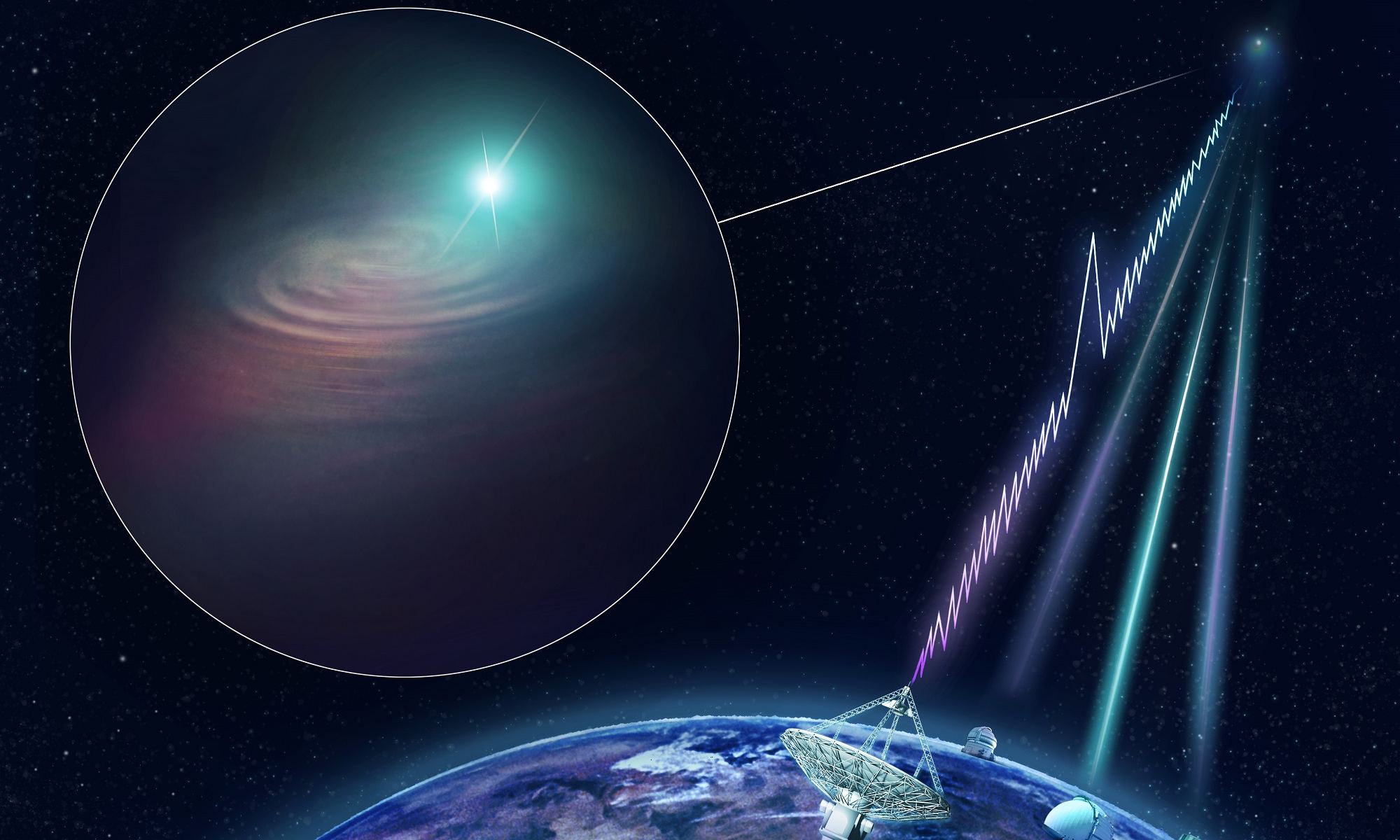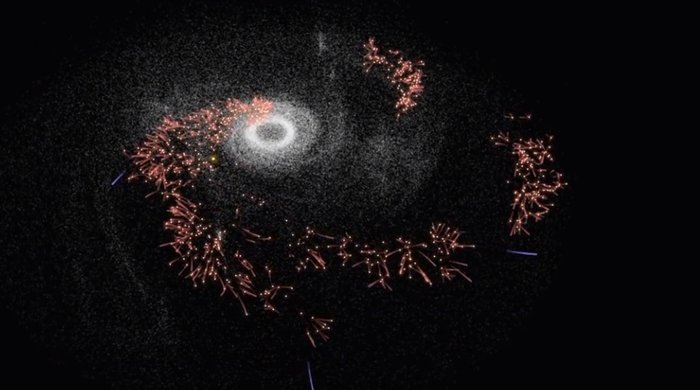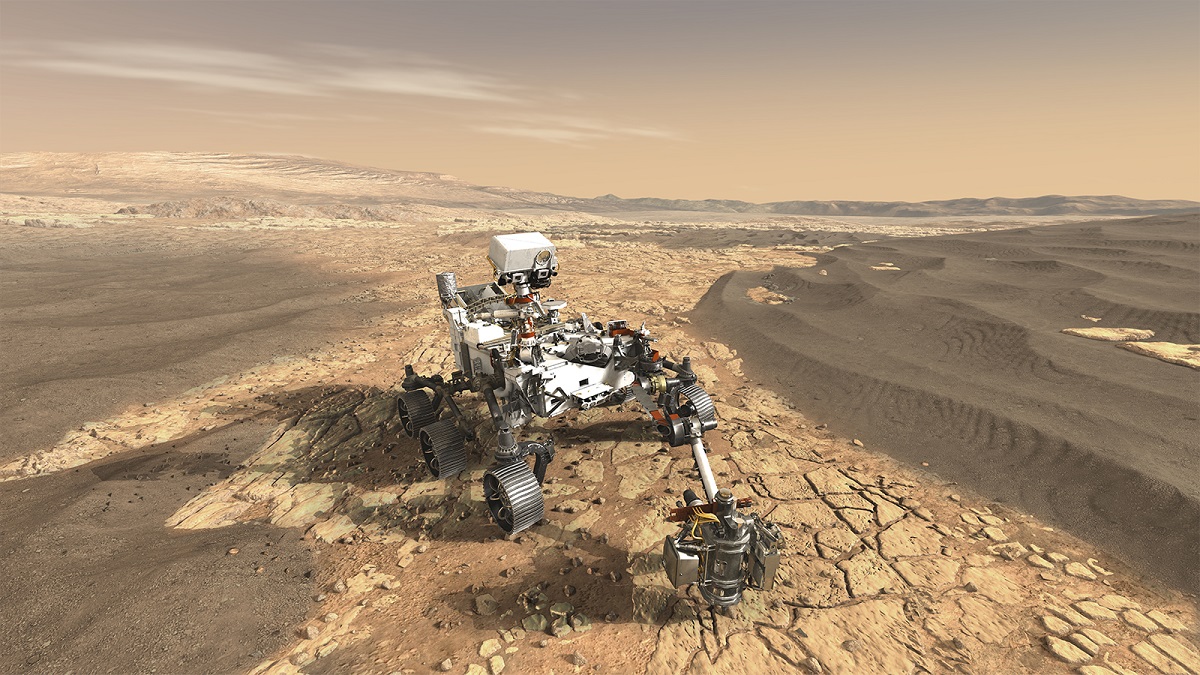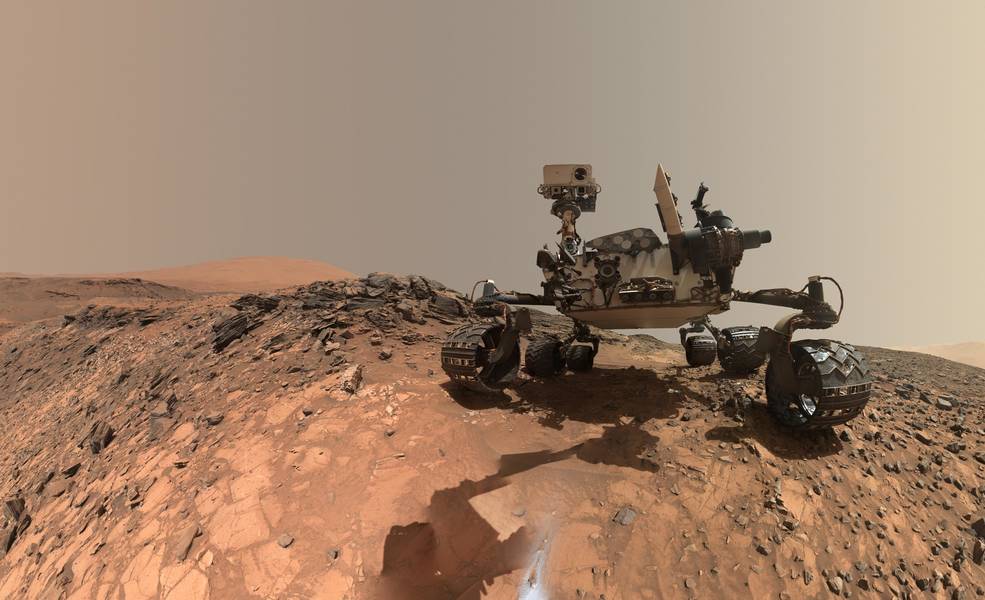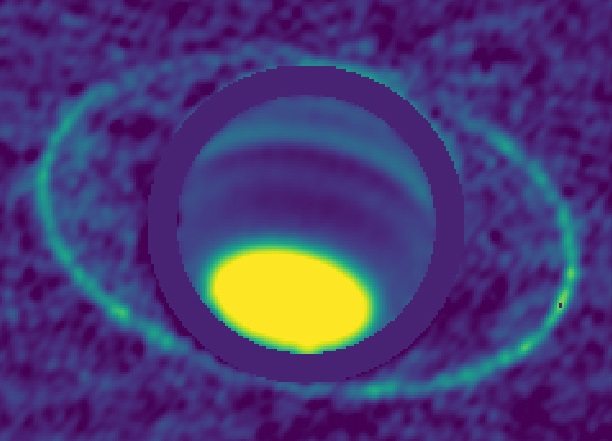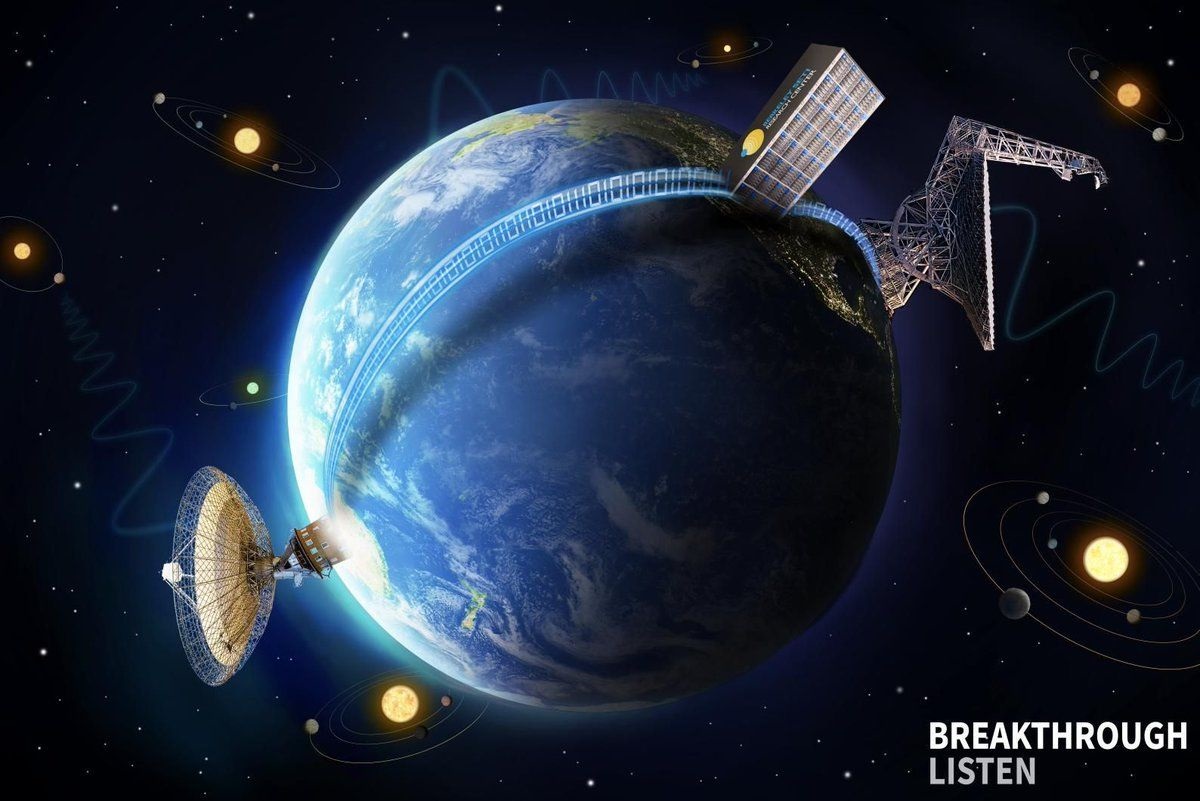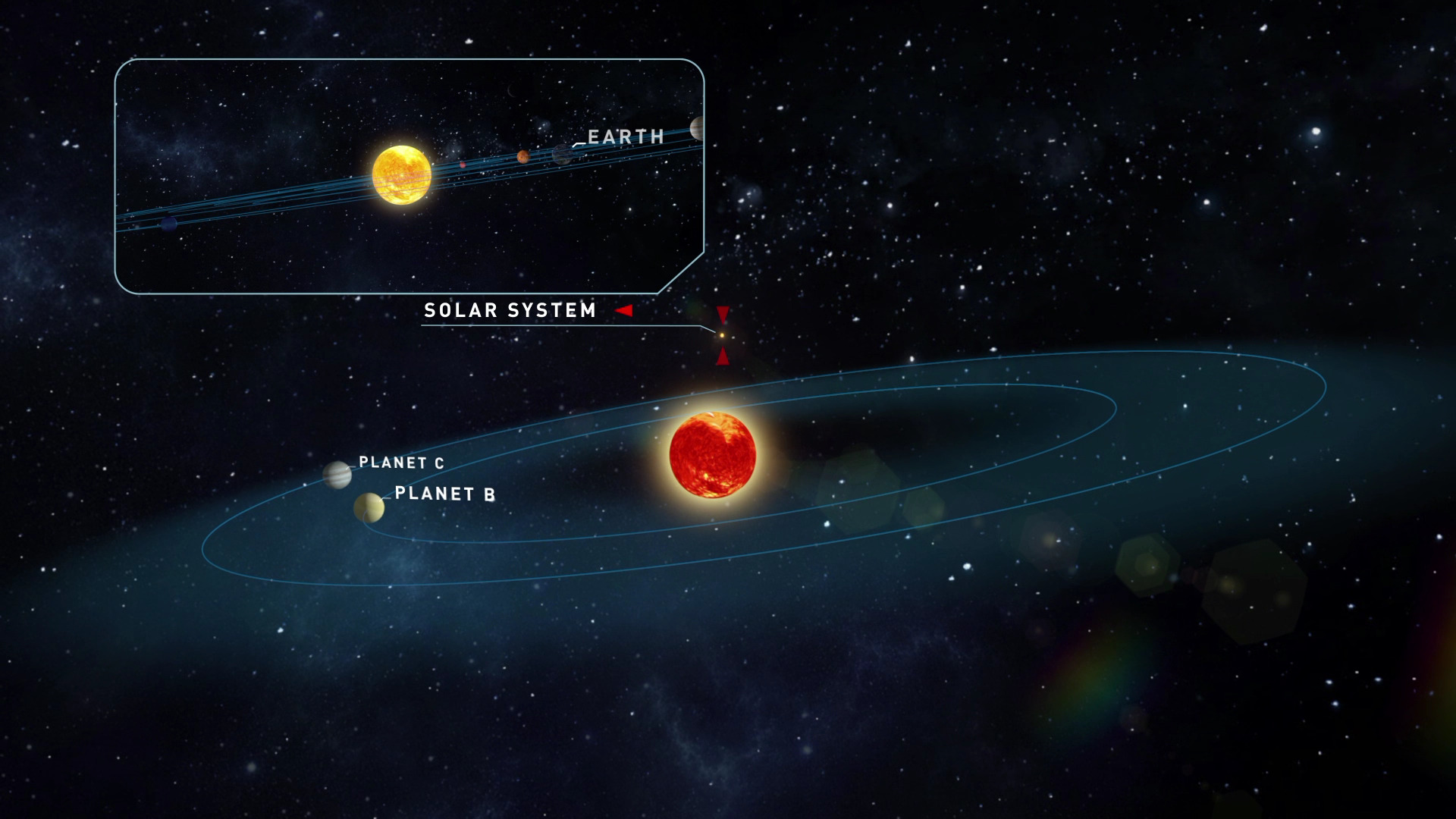It has been said that within the next quarter century, the world’s first trillionaires will emerge. It is also predicted that much of their wealth will stem from asteroid mining, a burgeoning space industry where minerals and volatile compounds will be harvested from Near-Earth Asteroids. This industry promises to flood the market with ample supplies of precious metals like gold, silver
Beyond Earth, there’s the long-term prospect of the Main Asteroid Belt, which would provide even greater abundance. This is one of the reasons why NASA’s Psyche mission to explore the metal asteroid of the same name in the Main Belt has many people excited. While the exploration of this body


